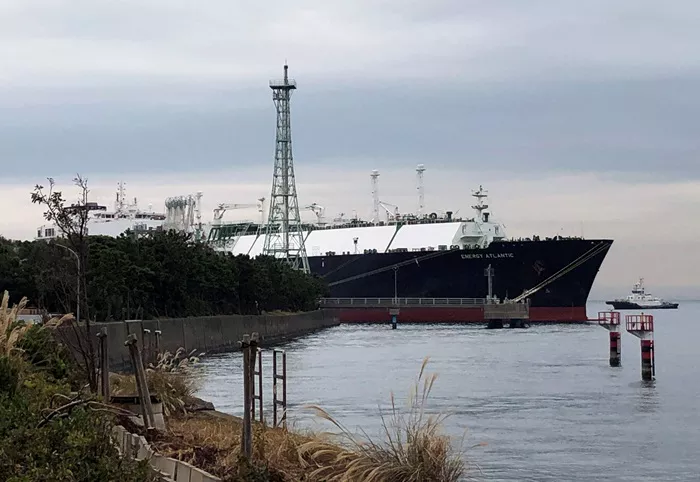Japan’s largest power generation company, JERA, plans to significantly increase its purchases of liquefied natural gas (LNG) from the United States, boosting its annual intake to as much as 5.5 million tons—nearly a third of its total LNG supply, up from the current 10%.
The strategic move aims to diversify JERA’s LNG sources and reduce its dependence on Australia, which has long been Japan’s primary supplier due to geographic proximity. Recent concerns over Australia’s domestic gas supply, however, have raised questions about the reliability of future exports, prompting Japanese companies to seek alternatives.
The increased U.S. LNG imports will be secured through long-term contracts, with deliveries beginning in 2030. Of the total, 2.5 million tons per year are currently covered by non-binding agreements. The deals involve prominent U.S. LNG producers, including Cheniere Energy, Sempra Infrastructure, and Commonwealth LNG.
U.S. Interior Secretary Doug Burgum welcomed the development, stating, “When we can sell energy to our friends and allies, our great ally like Japan, so that they don’t have to buy it from our adversaries, that makes the world a more secure place.”
In Japan’s case, the diversification effort is not aimed at evading a geopolitical rival, but rather a reliable partner—Australia. However, ongoing gas shortages on Australia’s east coast have sparked domestic political debate and prompted the government to prioritize local supply security. These concerns have made Japanese LNG buyers wary about long-term stability.
Australia exported 81 million tons of LNG last year, with around 40%—roughly 32 million tons—shipped to Japan. But as east coast constraints intensify, the likelihood of reduced export volumes has grown.
JERA has openly called for more competitive pricing from Australian suppliers. A senior executive from the company told that U.S. LNG is expected to become “abundant and cheaper” by the mid-2030s, positioning it as an increasingly attractive option for Japan’s future energy needs.


